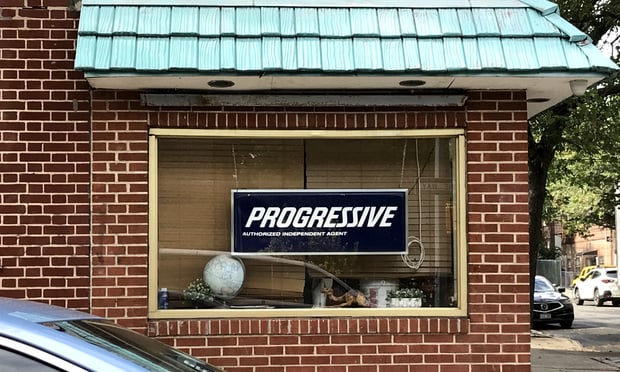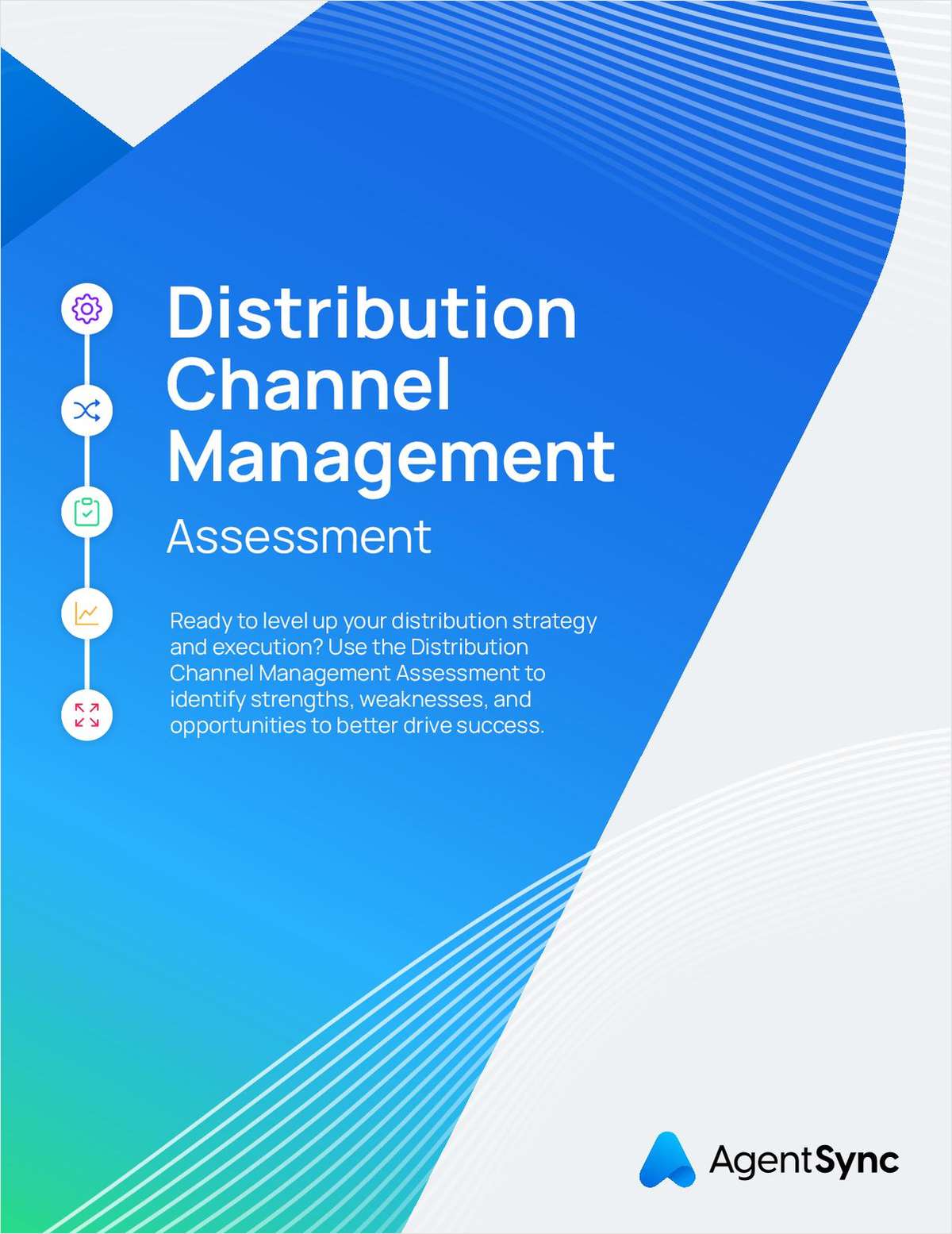The effect of a graying workforce on U.S. workers' compensation systems is easing, according to an economist with a data collection group.
"It does not look like a factor going forward. The impact of aging has tapered off," Harry Shuford, practice leader and chief economist for NCCI Holdings Inc., said during a briefing at the recent Workers' Compensation Educational Conference.
The session was one of seven on national trends put on by The National Underwriter Company as part of its partnership with the Florida Workers' Compensation Institute, which runs the annual conference.
Many workers are impacted by changes in their retirement systems, which provide them with less money even as the amounts needed for retirement have increased--because of gains in life expectancy, Mr. Shuford explained, listing the reasons for an aging workforce. Younger people have been dropping out of the labor force even as people in their 50s and 60s have continued to work, he noted.
Older workers, while injured less frequently, when they do have an accident tend to file more severe claims with higher costs and with longer recuperation times than for younger workers, according to Mr. Shuford. Replacement wages also are higher for older workers, he noted.
As time goes on, however, the difference in average weekly wage is expected to shrink, he said, while the differences in the kinds of injuries older and younger workers suffer also diminish.
Aging does come into play with severity, as workers in the 45-to-65 category generally require 40 percent more treatment for an injury than younger workers, and the drugs they are prescribed are more expensive, he noted.
Ned Wilson, director of planning and treasury for FCCI Insurance Group, examining numbers from his company's experience, found one figure he could not quite explain--medical costs for the 25-and-under age bracket has risen 10 percent a year, compared with 7 percent in the 35-to- 54-year-old category.
Given broader severity trends, however, he advised that insurers should reserve differently for older workers.
Still, Mr. Shuford said that even as older workers remain in the work force, the percentage of those over 65 is relatively small.
In other trends, he noted that for workers over 65, the average weekly wage drops, while for workers over 55, some 17 percent of the lost time they have is caused by falls, which could be attributed to poorer eyesight and an inability to move as well.
To counteract these effects, he suggested company loss control activity might include better lighting, marking steps clearly and providing handrails. "There's a lot we can do to address these challenges," he said.
Want to continue reading?
Become a Free PropertyCasualty360 Digital Reader
Your access to unlimited PropertyCasualty360 content isn’t changing.
Once you are an ALM digital member, you’ll receive:
- Breaking insurance news and analysis, on-site and via our newsletters and custom alerts
- Weekly Insurance Speak podcast featuring exclusive interviews with industry leaders
- Educational webcasts, white papers, and ebooks from industry thought leaders
- Critical converage of the employee benefits and financial advisory markets on our other ALM sites, BenefitsPRO and ThinkAdvisor
Already have an account? Sign In Now
© 2024 ALM Global, LLC, All Rights Reserved. Request academic re-use from www.copyright.com. All other uses, submit a request to [email protected]. For more information visit Asset & Logo Licensing.








